Military patches are a distinctive feature of military uniforms and play a crucial role in identifying ranks, units, accomplishments, and even specific roles within the armed forces. These patches are not just ornamental but carry deep symbolic meaning.
What is a Military Patch?
A military patch is an embroidered or woven insignia typically worn on a soldier's uniform, usually on the sleeve or chest area. These patches serve as a form of identification, indicating a soldier's unit, rank, specialization, or achievements. They are designed to communicate important information about the wearer’s military career, background, and even their current deployment or mission.
Military patches are generally made from durable fabrics like cotton, polyester, or nylon, and they are either embroidered or woven for clarity and longevity. They are a part of the larger military dress code and often hold significant sentimental value, especially for veterans who proudly display their accomplishments.
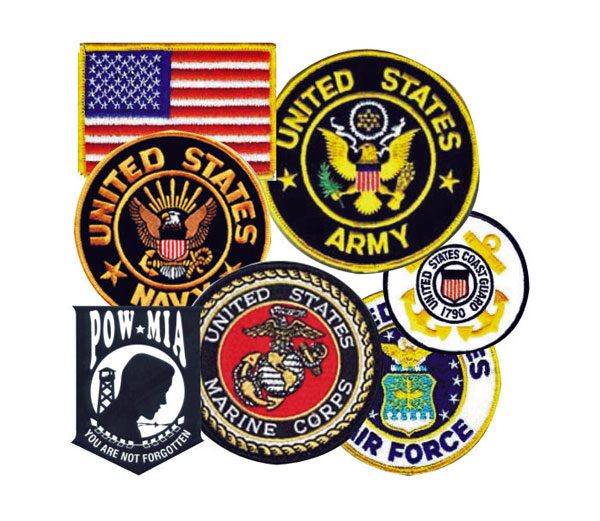
The Significance of Military Patches
Military patches hold numerous meanings, with each type of patch signifying something specific. Below are some of the primary functions and meanings behind military patches:
Unit Identification: One of the most common uses for military patches is identifying the unit or division to which a soldier belongs. For example, a Special Forces patch will immediately indicate the elite unit a soldier is part of.
Rank Identification: Rank patches are worn to signify the soldier’s level within the military hierarchy. These patches often include stripes, stars, or other symbols that denote whether the individual is an officer, non-commissioned officer (NCO), or enlisted personnel.
Specialization or Qualifications: Military personnel who have completed specific training or possess particular skills often wear patches that denote their specialization. For instance, a medic patch indicates a soldier trained in emergency medical procedures.
Achievement or Award Recognition: Patches are also used to represent awards, decorations, or missions. For example, a combat patch is awarded to soldiers who have served in combat zones, and it represents a soldier’s bravery or service in hostile conditions.
Morale and Unit Cohesion: Military patches also serve to boost morale and build cohesion among soldiers. Unit patches or personalized patches may reflect the spirit, history, or camaraderie within a unit, contributing to a sense of identity and pride.
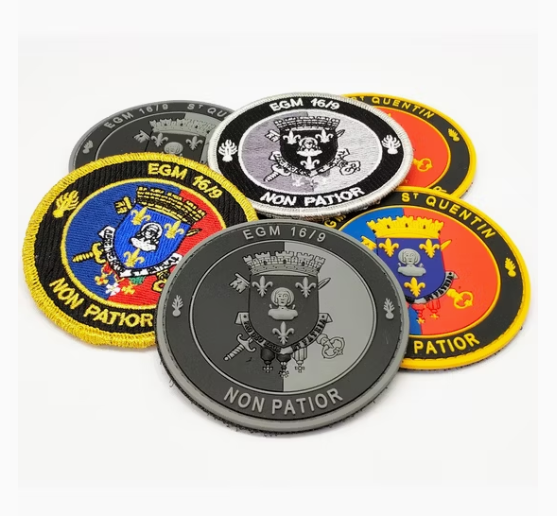
Classification of Military Patches
Military patches come in several classifications, each with a specific purpose and design. These patches can be categorized into the following main types:
1. Unit Patches
Unit patches are the most common type of military patches. These patches represent a soldier’s affiliation with a specific military unit, squadron, regiment, or division.
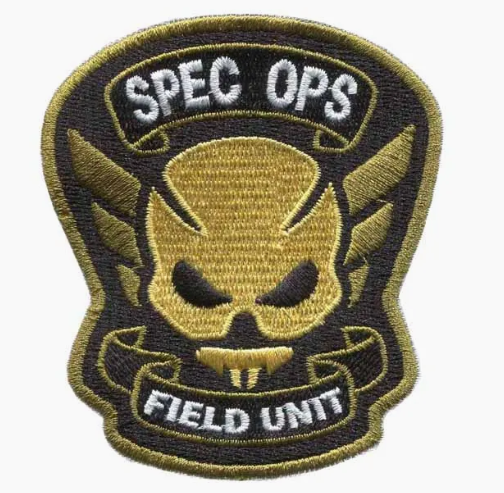
Divisional Patches: Worn by soldiers to signify their membership in a particular division. For example, the 82nd Airborne Division patch signifies a soldier’s service with this airborne division.
Brigade or Battalion Patches: Smaller units within larger divisions, such as a military police battalion patch or engineering brigade patch, are also worn to signify affiliation with these groups.
2. Rank Patches
Rank patches are worn to denote the level of authority a soldier holds in the military hierarchy. These patches typically use stripes, stars, or other symbols to distinguish different ranks.
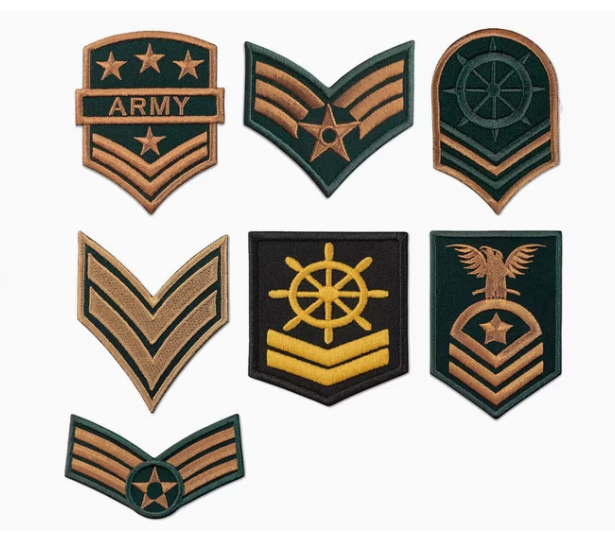
Enlisted Patches: These include symbols such as chevrons to indicate the soldier’s position in the enlisted ranks, like private, sergeant, or sergeant major.
Officer Patches: These are typically marked by stars, bars, or eagle symbols, representing different officer levels like lieutenant, captain, or colonel.
3. Combat and Qualification Patches
These patches are awarded to soldiers who have completed specific combat missions or specialized training.
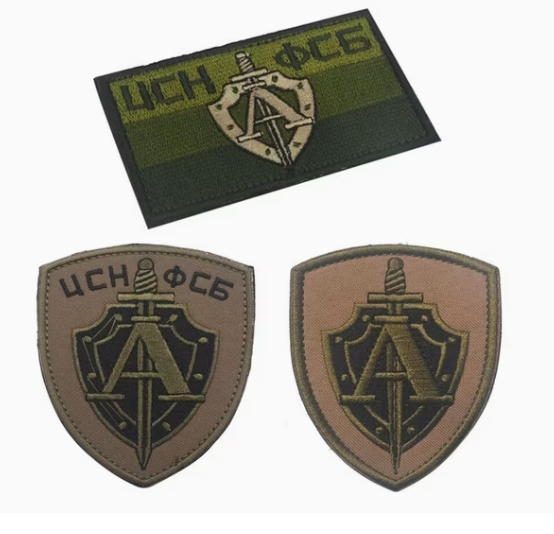
Combat Service Identification: Known commonly as a combat patch, this indicates that a soldier has served in a combat zone. For example, the Vietnam War combat patch is awarded to those who served in that conflict.
Specialized Skill Patches: Soldiers who have completed specific training or have particular skills often wear these patches. For instance, a paratrooper patch may be worn by someone trained to parachute, or a combat medic patch may be worn by someone trained in emergency medical procedures.
4. Airborne and Special Forces Patches
Airborne patches are worn by soldiers who have completed paratrooper training or who belong to airborne units. Similarly, specialized units like the Green Berets or Navy SEALs have their own unique patches.

Airborne Patch: Soldiers who undergo parachute training often wear an airborne patch, such as the American airborne wings.
Special Forces Patch: The Green Beret patch or SEAL Team patch is worn by soldiers in elite special forces units.
5. Award and Achievement Patches
Patches are also used to represent specific awards, achievements, or commendations.

Meritorious Service Medals: Soldiers who have earned high distinctions or awards for their bravery or service will wear award patches to reflect their achievements.
Campaign or Service Patches: These are earned for specific missions or campaigns, such as the Iraq Campaign Medal patch, given to those who served in Iraq.
6. Morale Patches
These patches are often used for non-official, humorous, or personalized expressions of identity. Morale patches can represent inside jokes, unit slogans, or motivational symbols. These patches are not formal or part of the official military uniform but are worn by soldiers to express personality or camaraderie.
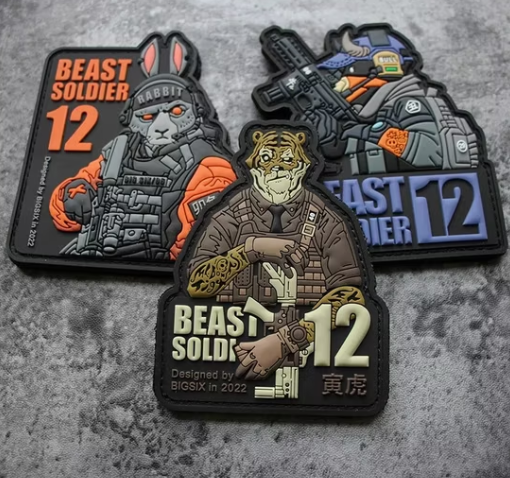
7. Branch of Service Patches
These patches denote the branch of service to which a soldier belongs, such as Army, Navy, Air Force, or Marine Corps.
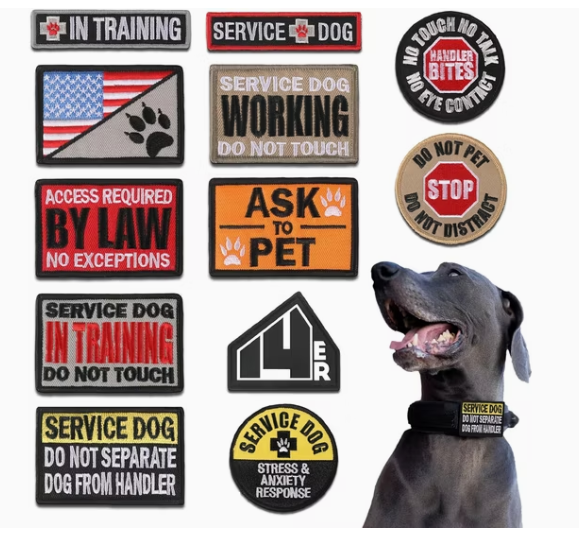
Army Patch: Typically worn by U.S. Army soldiers, it indicates that the wearer is part of the Army.
Marine Corps Patch: The Eagle, Globe, and Anchor emblem represents the Marine Corps, often worn on a Marine's uniform.
How Military Patches are Worn on Clothing
The method of wearing military patches is determined by the regulations of each country’s armed forces, as well as the branch of service. Patches are usually sewn, ironed, or Velcroed onto the uniform, and their placement follows strict guidelines to ensure uniformity and discipline. Below are the typical ways military patches are worn:
1. Shoulder Patches
Unit Patches: Unit patches are often worn on the left shoulder of a soldier’s uniform to indicate which unit or division they belong to. In some cases, soldiers may wear the unit patch on the right shoulder if they have deployed in a combat zone, as is customary in the U.S. Army.
Combat Patches: Combat patches are typically worn on the right shoulder if the soldier has served in a combat zone.
2. Rank Patches
Rank patches are usually sewn onto the collar or epaulettes of military uniforms, depending on the branch. For example, officer rank insignia may be sewn onto the shoulders of an Army uniform, while sergeant chevrons might be placed on the sleeves for NCOs.
3. Qualification and Achievement Patches
Qualification patches, such as airborne wings or combat medic badges, are typically worn on the left chest pocket area or the upper left sleeve, depending on the patch’s significance. Awards or achievement patches may be worn alongside unit patches or rank patches.
4. Morale and Special Patches
Morale patches are commonly worn on the right chest or lower sleeves of the uniform. These patches are often Velcro-backed for easy removal or replacement. Special forces patches may also be worn on the upper sleeve of a uniform.
5. Sleeve and Arm Patches
Certain patches, such as name tags or service ribbons, are worn on the sleeves of the uniform. The exact placement varies depending on the specific branch and military regulations.
Conclusion
Military patches are much more than decorative items; they hold immense symbolic significance and provide valuable insights into the wearer’s military history, achievements, and specialization. Understanding the different types of military patches, their classifications, and how they are worn allows for a deeper appreciation of their role in the military world. Whether it is a combat patch earned through service in a hostile environment or a rank patch denoting a soldier’s position, these patches serve as a powerful symbol of duty, honor, and service. By adhering to regulations for patch placement, military personnel maintain unity and pride, contributing to the overall professionalism and identity of their armed forces.




















